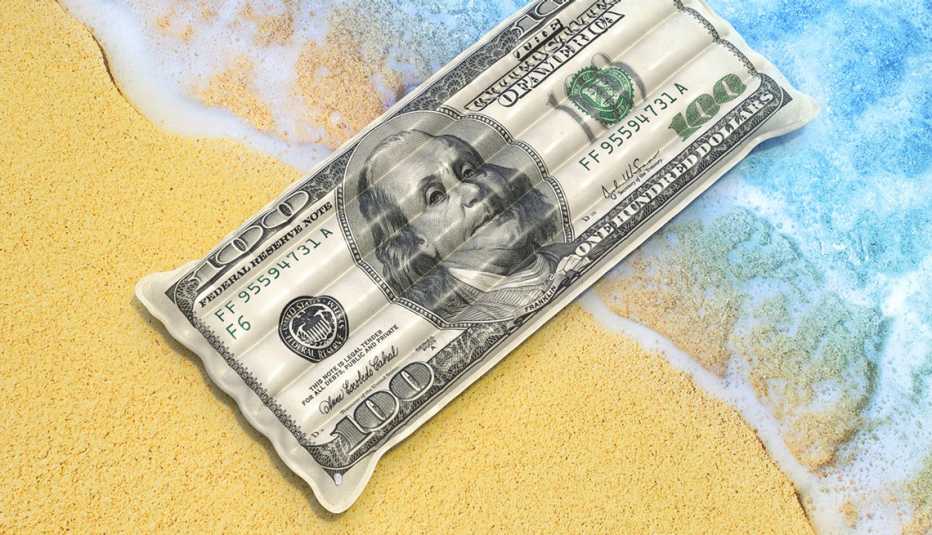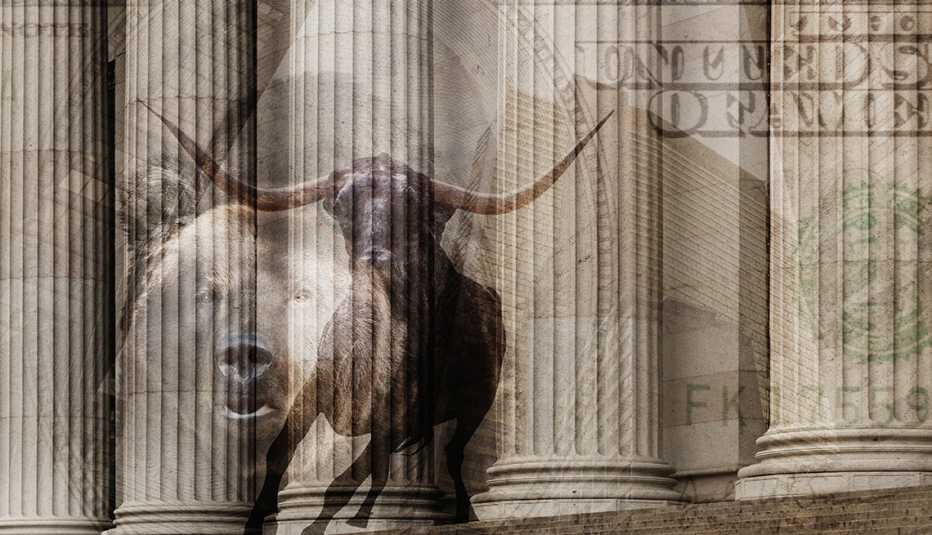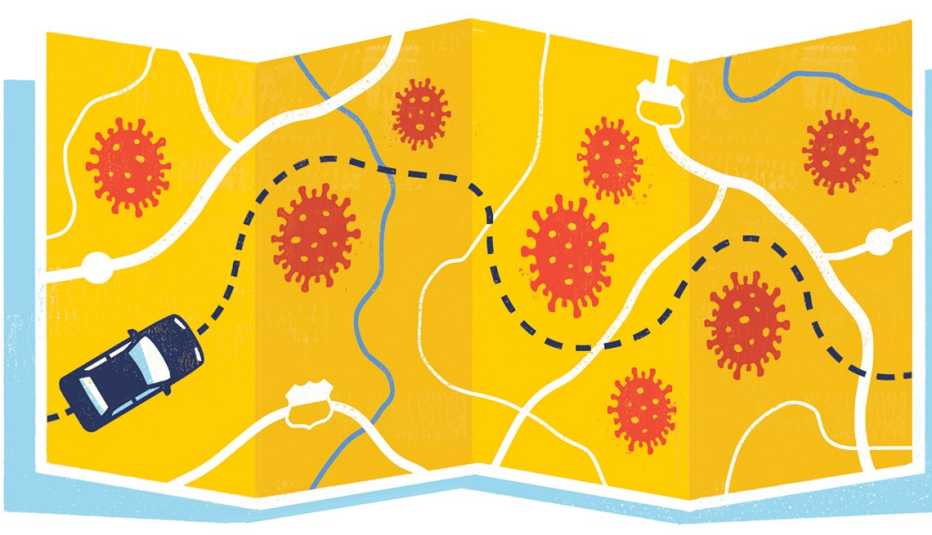Your Career
If you are worried that you’ve lost your job, or you think you might lose it:
- know that in the months after the Great Recession, the peak unemployment rate for workers 55 and older was 26 percent lower than for the overall population.
In good times and bad, the jobless rate for older workers tends to be lower than that for all workers. In the wake of the downturn a decade ago, unemployment peaked at 10 percent overall but at 7.4 percent for workers 55-plus. Even though the jobless rate for people 55 and older was 11.8 percent in May 2020, it was still slightly lower than the overall rate.
After the Great Recession, it did take some workers in their 50s and 60s longer than younger workers to find a job, points out Catherine Collinson, CEO of the nonprofit Transamerica Center for Retirement Studies. “Some people gave up, but don’t give up,” she says. “Things will improve.” After the Great Recession, she adds, surveys found that people who accepted some job after being laid off — even if they were under-employed — tended to fare better in the long run than did those who remained unemployed. “Maybe they took a job that was beneath their skills and experience,” she says, “but by virtue of bringing in income and staying in the workforce, that helped them financially and helped them improve their prospects when the employment market picked back up.”
If you are worried that nobody will hire you:
- know that people founding a business at age 50 are nearly twice as likely to succeed as those who are 30.
A recent study by MIT and Northwestern University professors and a U.S. Census Bureau economist showed that the most successful entrepreneurs are middle-aged and older, primarily because of their experience, industry knowledge, financial resources and social networks. Chances of success (defined as a sale of the business or a public stock offering) increased with age until 60.
“An increasing number of people over 50 will shift careers or start their own business. That is exactly what happened after 9/11 and during the Great Recession,” says Kerry Hannon, a career strategist and the author of Never Too Old to Get Rich: The Entrepreneur’s Guide to Starting a Business Mid-Life. In fact, the percentage of new entrepreneurs who were ages 55 to 64 grew from 14.8 percent in 1996 to 25.8 percent in 2018, reports the Ewing Marion Kauffman Foundation. “This kind of life event that we are currently experiencing can be a huge motivator to try something new,” Hannon notes.
If the market is making you nervous, keep these facts in mind:
- Since World War II, following the onset of a bear market, stocks have recovered to their previous levels in an average of 4.3 years, according to the Charles Schwab brokerage.
- Reinvesting dividends during the 10 biggest declines between 1950 and 2019 would have led to regaining portfolio losses within 2 1/2 years, notes investment firm Towneley Capital Management.
- The best year ever for stocks was 1933. “Often the highest returns come right after the biggest drops,” says James Angel, a professor at Georgetown University's McDonough School of Business.
Your Life
If you are worried that you won’t ever feel safe enough to go to the theater or a museum:
- know that from late 1592 to early 1594, the bubonic plague killed more than 10,000 people living in London.
It’s a fascinating bit of history: In the midst of William Shakespeare’s career, all of London’s theaters were shuttered for over a year, in an effort to halt the plague’s spread. But when theaters, including Shakespeare’s Globe, reopened, the gate receipts were huge, according to James Shapiro, an English professor at Columbia University and author of Shakespeare in a Divided America. Soon afterward, Shakespeare wrote Romeo and Juliet and A Midsummer Night’s Dream. And he continued to write plays through a second wave of the plague in 1603, completing King Lear and Macbeth a few years later. “If Shakespeare’s [era] offers any model and consolation, it’s how quickly numbers were back to normal and people were living their lives again,” Shapiro observes. “Cities bounce back, and people crave theater.”
If you are worried that you’ll never be happy again:
- know that during December 2008, 80 percent of Americans said they were satisfied with how things were going in their personal life at the time.
How you feel about life isn’t always ruled by the economy and current events. Even during the worst of the Great Recession, 47 percent of people polled by Gallup said they were very satisfied with their life, and another 33 percent were “somewhat” satisfied. Recent polls, mostly conducted before the death of George Floyd, showed mixed results. Seventy-two percent of people surveyed by Gallup from late April to early May said that they had experienced feelings of happiness “a lot” the previous day, up from 67 percent one month earlier. A survey conducted in late May by the University of Chicago’s NORC found a sharp decline in people who said they were “very happy,” but an increase, to over 60 percent, in the share of Americans who said they were “pretty happy.”
“The key to finding happiness during this time is not through social distancing but rather through distance socializing,” the authors of the “World Happiness Report 2020,” an annual survey of global happiness, wrote on March 23, when cities around the world were shutting down. “Remaining socially connected with friends, colleagues and family is crucial in finding happiness during this public health crisis.”
Kimberly Lankford, a longtime columnist at Kiplinger's Personal Finance, is the author of Rescue Your Financial Life.






































































